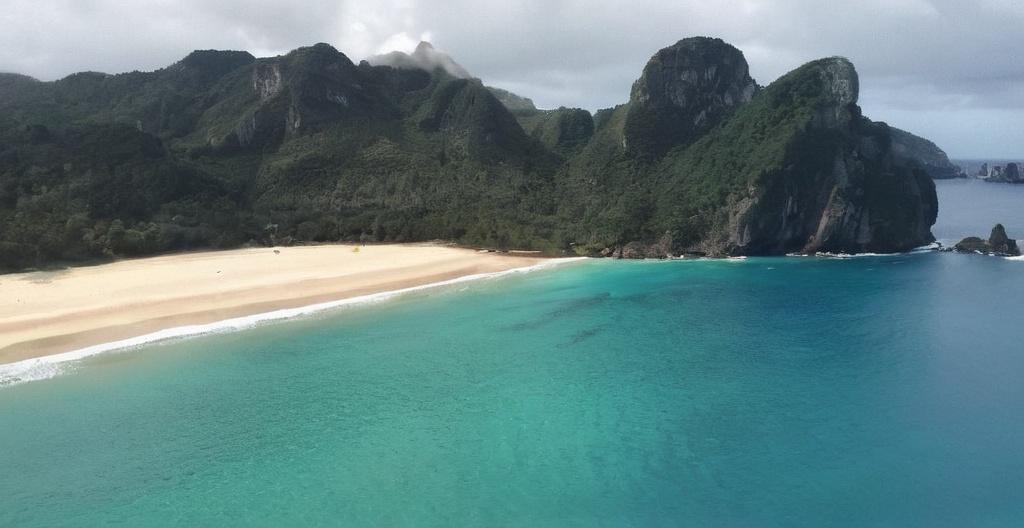Key Take Aways About Beaches in Venezuela
- Venezuela boasts stunning beaches from the Caribbean Sea to the Atlantic Ocean, with golden sands and vibrant marine life.
- Playa El Agua: Popular spot on Margarita Island known for its soft sand, seafood, and renowned coconut water.
- Choroni Beach: Features a mix of forest and shore in Henri Pittier National Park, ideal for hiking and experiencing lively local culture.
- Los Roques: An archipelago perfect for snorkeling and diving, offering a tranquil setting with vibrant coral reefs.
- Cayo de Agua: Known for its stunning sandbar and clear waters, offering unforgettable sunset views.
- Best visiting period: December to April for optimal weather; off-season brings cheaper rates but potential rain.

The Allure of Venezuela’s Beaches
Venezuela is a treasure trove of beautiful coastlines. Its beaches stretch from the Caribbean Sea to the Atlantic Ocean. Each offers an experience that seems straight out of paradise. Golden sands, clear turquoise waters, and a teeming marine life make these locations unforgettable. Here’s a breakdown of some of the top beaches you might fancy.
Playa El Agua: The Go-To Escape
Playa El Agua on Margarita Island is a crowd-favorite. Picture long stretches of soft sand, palm trees swaying gently, and open-air eateries that serve fresh seafood. The waves are calm enough for a leisurely dip but can surprise you on a windy day. What truly stands out is the endless array of beach chairs and umbrellas—a nod to its popularity among locals and tourists alike. Some folks swear by the coconut water sold on carts here—it’s said to be the finest in town.
Choroni Beach: Tropical Vibes Galore
Moving to the north, Choroni Beach is known for its unique blend of lush forests and sandy shores. Located in the Henri Pittier National Park, it’s an ideal spot if you fancy a mix of hiking and swimming. The journey to Choroni itself is an adventure, with winding roads through the mountains, peppered with colorful houses. Don’t be surprised if you find yourself jamming to live music spilling from nearby streets—the local scene here is vibrant, if not irresistible.
Los Roques: An Archipelago of Wonders
An absolute stunner, Los Roques, a national park and archipelago, is dream-worthy. Comprising over 300 islands, it’s where you go for spectacular snorkeling and diving opportunities. The coral reefs are alive with marine life, making it an underwater haven. Given that it’s not the easiest to get to, it’s relatively quiet, leaving room for plenty of personal space. Ideal for those who want a slice of tranquility with a dash of adventure.
Cayo de Agua: Where Tranquility Meets Beauty
Part of Los Roques, Cayo de Agua is often reached by boat. It’s a piece of paradise with its unique sandbar connecting two islands. Here, the water is so clear and the sand so white, you’ll wonder if you’ve walked into a brochure. Though the sun can be unforgiving, a dip into the water is all you need to cool down. It’s a go-to for those magical sunset moments you remember forever.
Optimal Times to Visit
Now, timing is everything. Peak season usually ranges from December to April, with slightly cooler temperatures and less rainfall. This is the best time to enjoy all the beach activities without the threat of sudden downpours. Off-season travelers might find cheaper rates but should come prepared for rainy spells.
Wrap-Up
Beaches in Venezuela offer something for everyone. Whether you’re an adventure seeker, a food lover, or someone just looking to relax, these sandy spots deliver in spades. So, pack your sunscreen, maybe a good book, and dive into the vibrant experiences Venezuela’s beaches are known for.